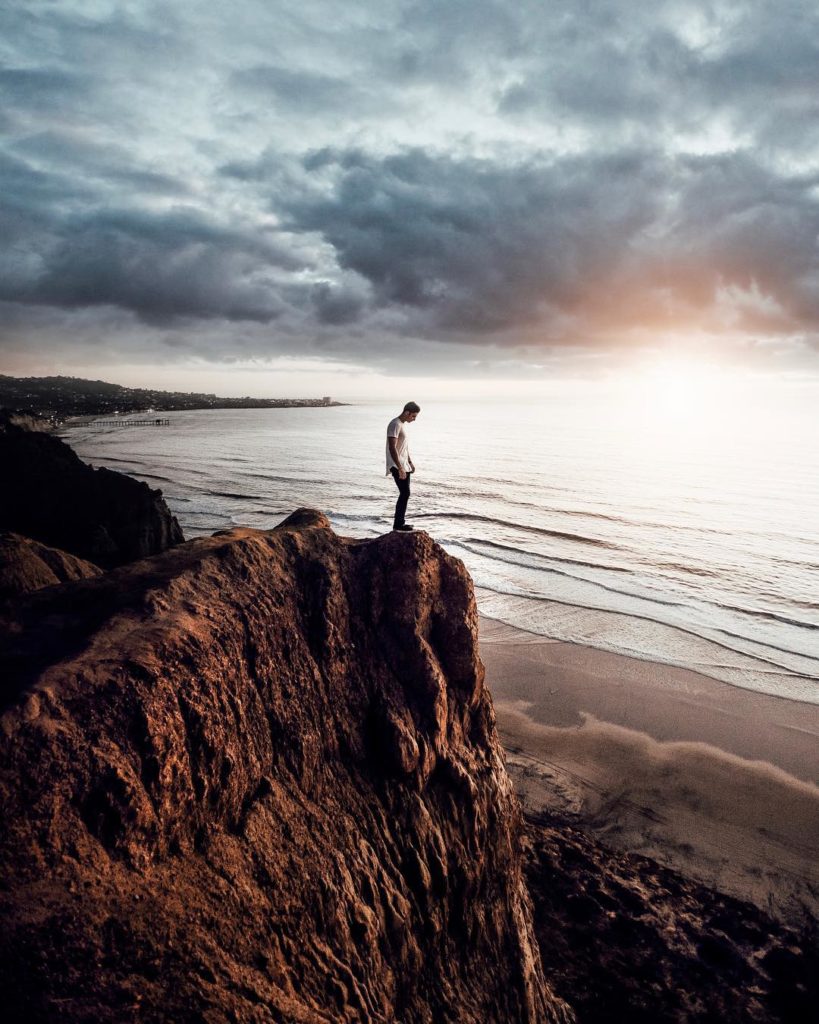Cinematic Editing with Matt Komo
A behind the scenes look at his cinematic editing techniques
Most people know of Matt Komo from his iconic personal YouTube and Instagram channels, but many don’t know he is also a sought-after content creator behind the camera for some of the biggest names in the entertainment industry and many global brands. He has worked with the likes of MTV, The Chainsmokers, Steve Aoki, Martin Garrix, and with innovative companies like MVMT and GoPro.
Komo’s been a long-time user of Lens Distortions® effects and most recently used our glass overlays and sound design libraries prominently in his film from Sequoia National Park.
Read on for some backstory on this project and an in-depth look at some of Komo’s editing techniques. In the tutorials below, he shares some very clever use cases for visual effects and a full breakdown of how he did the sound design in his Sequoia project.
You travel all over the world for projects. What inspired a trip so close to home?
I love traveling and have been to quite a few places but some of my most memorable experiences have been from road trips. You go into them with no expectations and a general plan, then you let life unfold itself and you document it. We definitely got lost a few times exploring around, haha, but that’s what makes these trips so fun.
Can you tell us a bit more about your pre-production process?
Every film starts with an idea, a story you want to tell. A shot list is always made with the end edit in mind. Because the flow of the film needs to be seamless it’s extremely important to not only get shots that connect with one another but also progress the story forward. With that being said, there is also an element of improvising. Its the delicate blend of planning vs impromptu filmmaking that makes a travel film.
Tutorial: Matt Komo on Visual Effects
Learn Komo’s overall approach to VFX and some of his best tips on editing for visual impact.
What gear did you use on the Sequoia Nation Park road trip?
We had a decently light setup for the shoot. Our main camera was a Sony A7riii with a few different lenses; a 16-35mm 2.8. a 35mm 1.4, 85mm 1.4, and a 50mm 1.4. For the vlogging sections I used a Sony RX100 MK V and the drone shots were captured with a Phantom 4 Pro.
I stick to the Adobe Suite of products. Everything is cut in Premiere Pro, this is where the story and flow come together. For adding any special effects I will use After Effects, and then all my voiceover work is recorded in Audition.
How important is thoughtful sound design in a film?
Sound is everything. It’s so important in taking your visuals to the next level. I always say a visual on its own lives in a 2D space, but with sophisticated sound design, you can transport that image into a 3D world.
Tutorial: Matt Komo on sFX
A step-by-step breakdown of how Komo did the sound design for his Sequoia National Park film.
What’s your overall philosophy on using effects?
I love effects when they are used tastefully. Meaning, if they help enhance your image or are used in a way to progress your story forward I’m all for it. Its when they are littered into every other cut that it will begin to distract the viewer from the story you are trying to tell.


What advice do you have for up-and-coming filmmakers?
Learn something new every day and experiment. Your style will evolve, but more importantly, you’ll find it through putting out a volume of work. Make sure you love the process, its a long road and the ones who stay in it and succeed are the ones who genuinely love what they are doing. It’s like that with everything though, not just filmmaking.
Making films and telling stories, it’s a great lifestyle to live and should be enjoyed.

